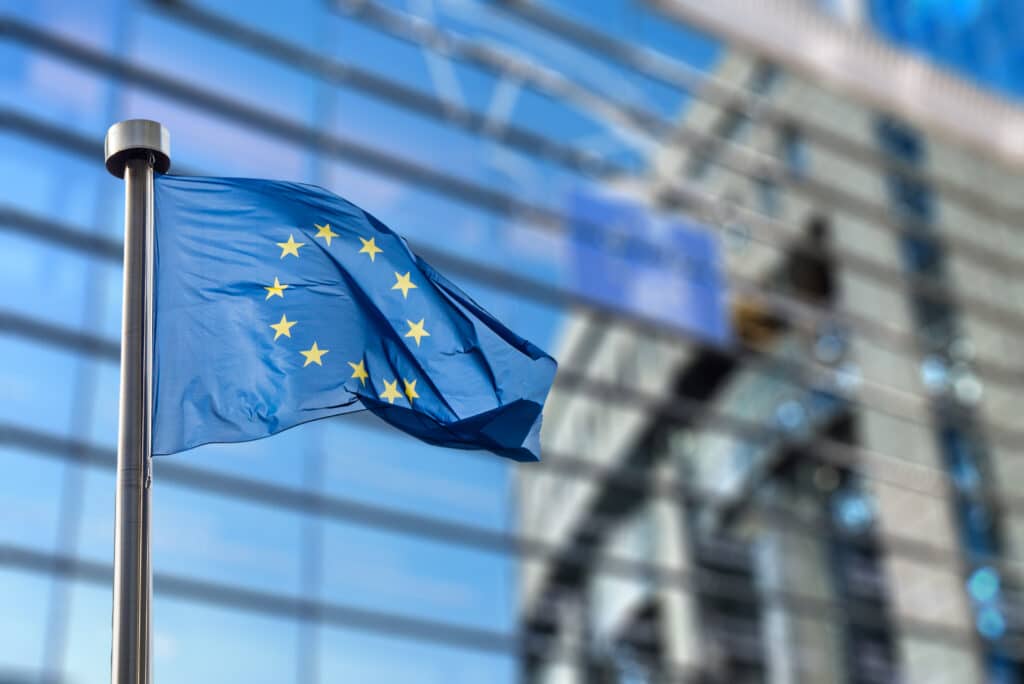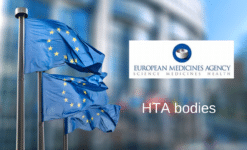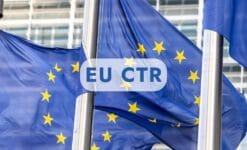
Market access aims to make a health technology not only available and affordable for every patient, but also profitable for the company placing it on the market. Indeed, where a health technology is unprofitable, it does not stay long on the market and becomes unavailable to patients. With advanced therapy medicinal products (ATMPs, or advanced therapies) this is unfortunately common. As of November 2020, five of the 15 ATMPs approved by the European Commission (ChondroCelect®, Glybera®, MACI®, Provenge®, Zalmoxis®) have been withdrawn from the European market, primarily because reimbursement was denied.
ATMPs create a lot of hope for patients and a lot of worries for public budget holders. Due to their characteristics, they are expensive to develop, produce and to follow up after administration. Their expedited development plans and limited evidence packages at marketing authorisation can make value assessment challenging for health technology assessment (HTA) bodies.
This article aims to shed light on the success factors to obtain – in the best timelines – and maintain positive HTA recommendations in Europe. It focuses on some of the larger European economies, namely England, Germany, and France, and refers to Italy’s pay-by-result expertise when dealing with post-launch evidence generation.





